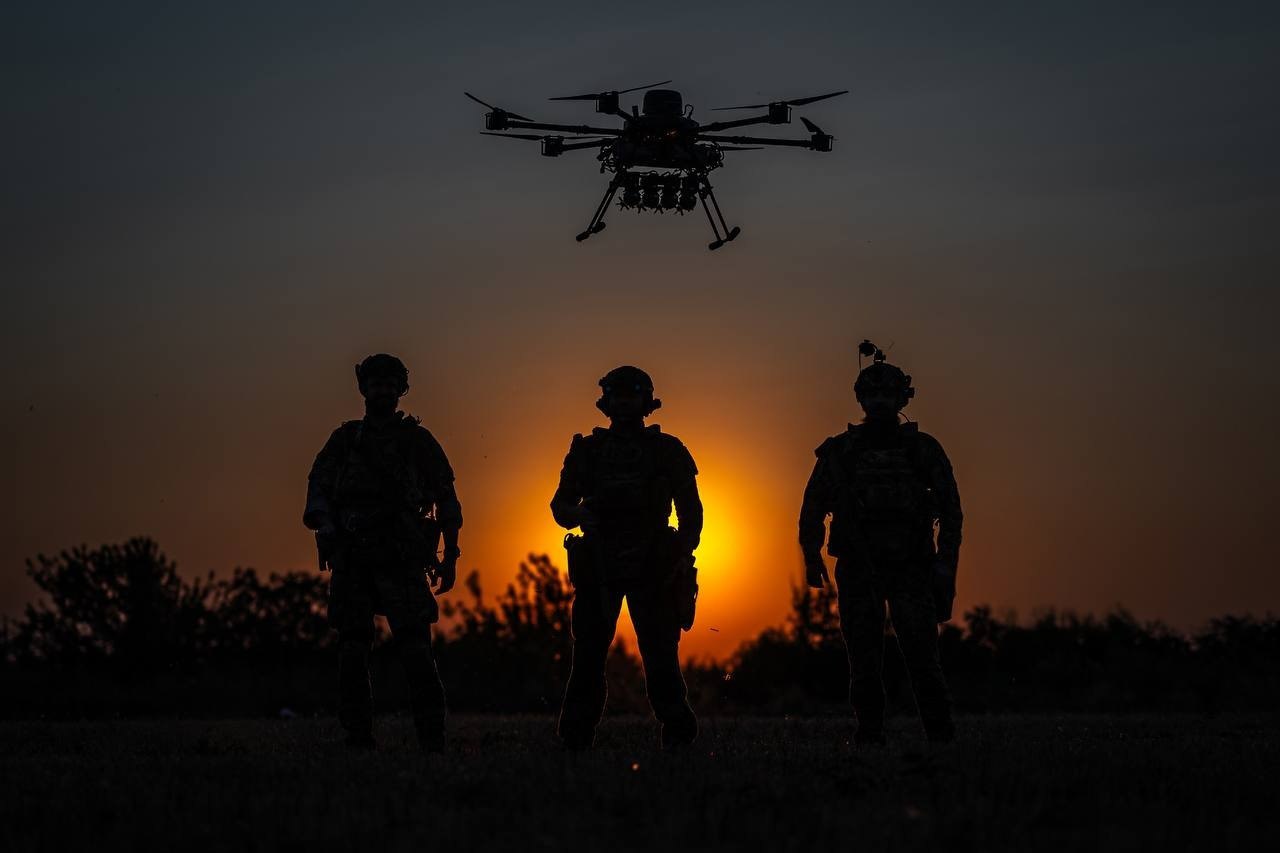Israel hit Iran — Iran launched drones. Now we know why the US took Ukraine’s anti-drone defenses

Days before Israel launched a sweeping air assault on Iran, dramatically escalating regional tensions, the US quietly diverted critical anti-drone munitions from Ukraine to its forces in the Middle East.
Defense Secretary Pete Hegseth confirmed the US redirected proximity fuzes and other components of the APKWS II air defense system to CENTCOM, which oversees military operations across Iran, Iraq, Syria, and the Red Sea.
“We’re going to surge counter-UAS systems to our troops and bases first if we believe there’s a threat,” Hegseth told the Senate Appropriations Committee on Wednesday.

What was diverted?
The system in question is the Advanced Precision Kill Weapon System II (APKWS II) — a guidance kit that converts standard 70 mm unguided rockets into laser-guided munitions. Developed by BAE Systems and used by the US Navy, Air Force, Army, and Marines, it delivers precision at a relatively low cost — roughly $25,000 per round.
The War Zone reports that the diversion included not only APKWS rockets but also specialized proximity fuzes, enabling aerial detonations near small drones. According to TWZ, Defense Secretary Hegseth approved the transfer via a memo to the Joint Rapid Acquisition Cell, labeling it an “urgent” requirement for CENTCOM.

Where APKWS works
APKWS II is compatible with a wide range of US and allied platforms, including:
- F-16C/D Viper
- F-15E Strike Eagle
- A-10 Thunderbolt II
- AH-64 Apache
- AH-1Z Viper, UH-1Y Venom
- MH-60R/S Seahawks
- VAMPIRE launchers, as used in Ukraine
Originally designed for ground attack, APKWS has been adapted for counter-drone and even air-to-air roles. Its modularity allows rapid integration, and with proximity fuzes — like those just redirected — it’s proven effective against drones and low-flying cruise missiles.

Why it matters
- For Ukraine: APKWS, fielded via VAMPIRE systems since late 2023, has been crucial for defending against Shahed-136 drone swarms. But now, President Volodymyr Zelenskyy told ABC News that 20,000 “anti-Shahed” rockets — understood to be APKWS-equipped rounds — are being withheld, creating a serious gap in Ukraine’s air defenses.
- For US Forces: F-15E and F-16 aircraft deployed in the CENTCOM region now carry APKWS pods alongside traditional missiles. Jets operating from Jordan have been outfitted with six seven-shot rocket pods, offering up to 50 drone engagements per sortie — a loadout first tested against Houthi drones over the Red Sea.
Stockpiles and uncertainty
The Pentagon has not disclosed how many APKWS kits or fuzes were diverted or remain in stock. Asked about the possibility of resupplying Ukraine, Hegseth said:
“We’d have to review the capacity… We’ve created some challenges in other places.”
There is also no confirmation whether additional systems — including VAMPIRE launchers or electronic warfare assets — were reallocated.

Regional flashpoint—Israel strikes Iran
Amid this arms shift, Israel today launched Operation Rising Lion, a massive air campaign targeting Iran’s nuclear sites, military infrastructure, and senior leadership.
- Over 200 Israeli aircraft struck dozens of high-value sites, including facilities in Natanz and Tehran.
- Major General Mohammad Bagheri and IRGC Commander Hossein Salami were reportedly killed.
- In retaliation, Iran launched more than 100 drones, triggering widespread airspace closures across Iraq, Syria, Jordan, and Israel.
According to The Jerusalem Post, the drones included Shahed-129 and Shahed-136 models, both long-range loitering munitions designed for precision strikes.

Expert analysis: A strategic pivot
Ukrainian defense expert Kyrylo Danylchenko commented that the diversion of US anti-drone munitions was directly linked to preparations for an Iranian response.
“Over 300 strikes hit 100 targets overnight. Iran’s air defense was suppressed; bunker-busting bombs were used. Israel neutralized IRGC commanders responsible for Shahed operations against Ukraine,” Danylchenko wrote on Facebook.
He noted that Iran’s Shahed production lines were likely targeted, and that Israel may continue its strikes for up to two weeks if diplomatic efforts fail, exploiting what he called a rare “window of regional vulnerability.”
Bottom line
The diversion of APKWS to the Middle East — just before a major regional conflict erupted — highlights a sharp shift in US strategic priorities. A system once intended to protect Ukrainian cities is now deployed to defend against a rapidly expanding confrontation with Iran.
Whether Ukraine gets resupplied — or left exposed — is still an open question.



